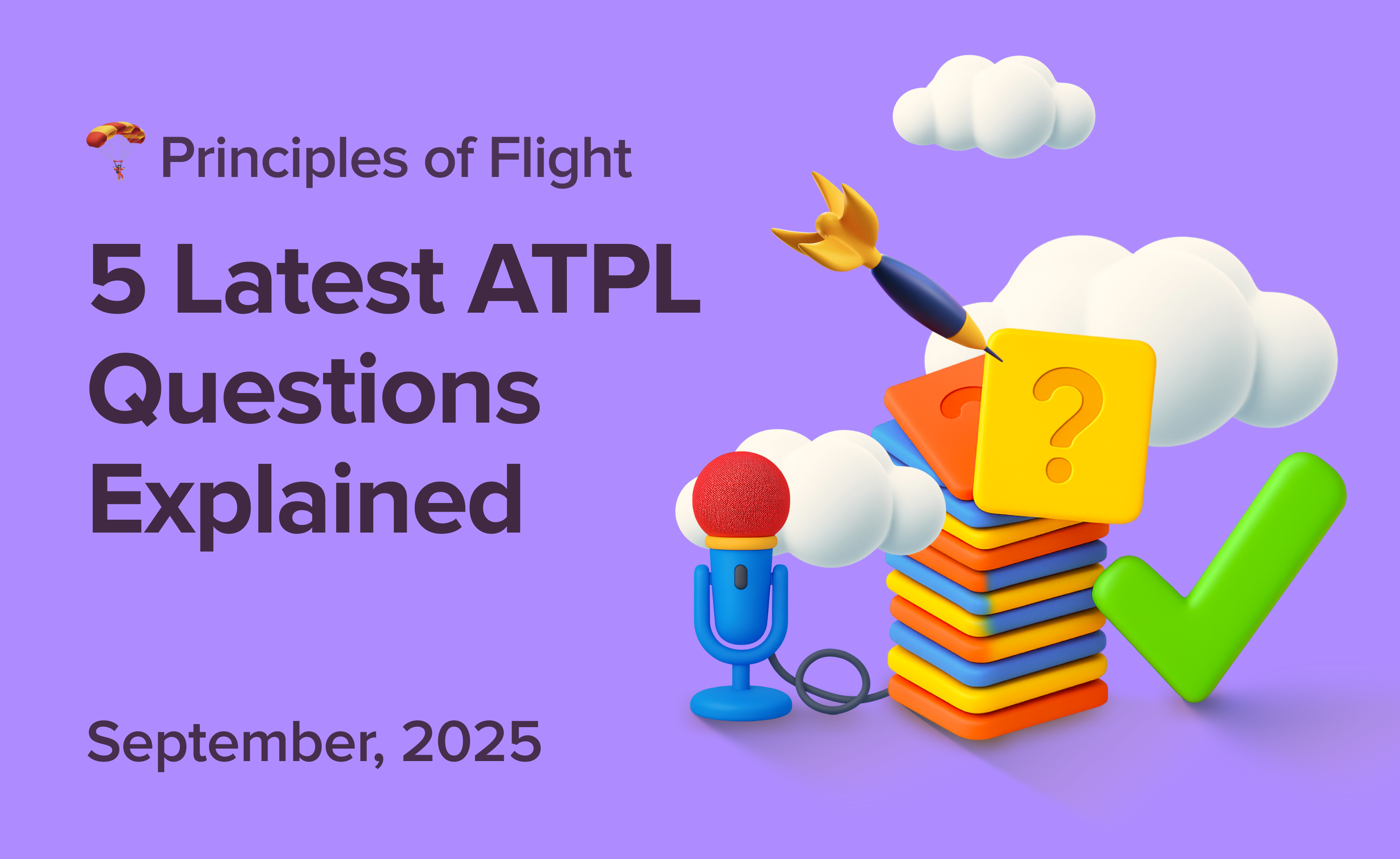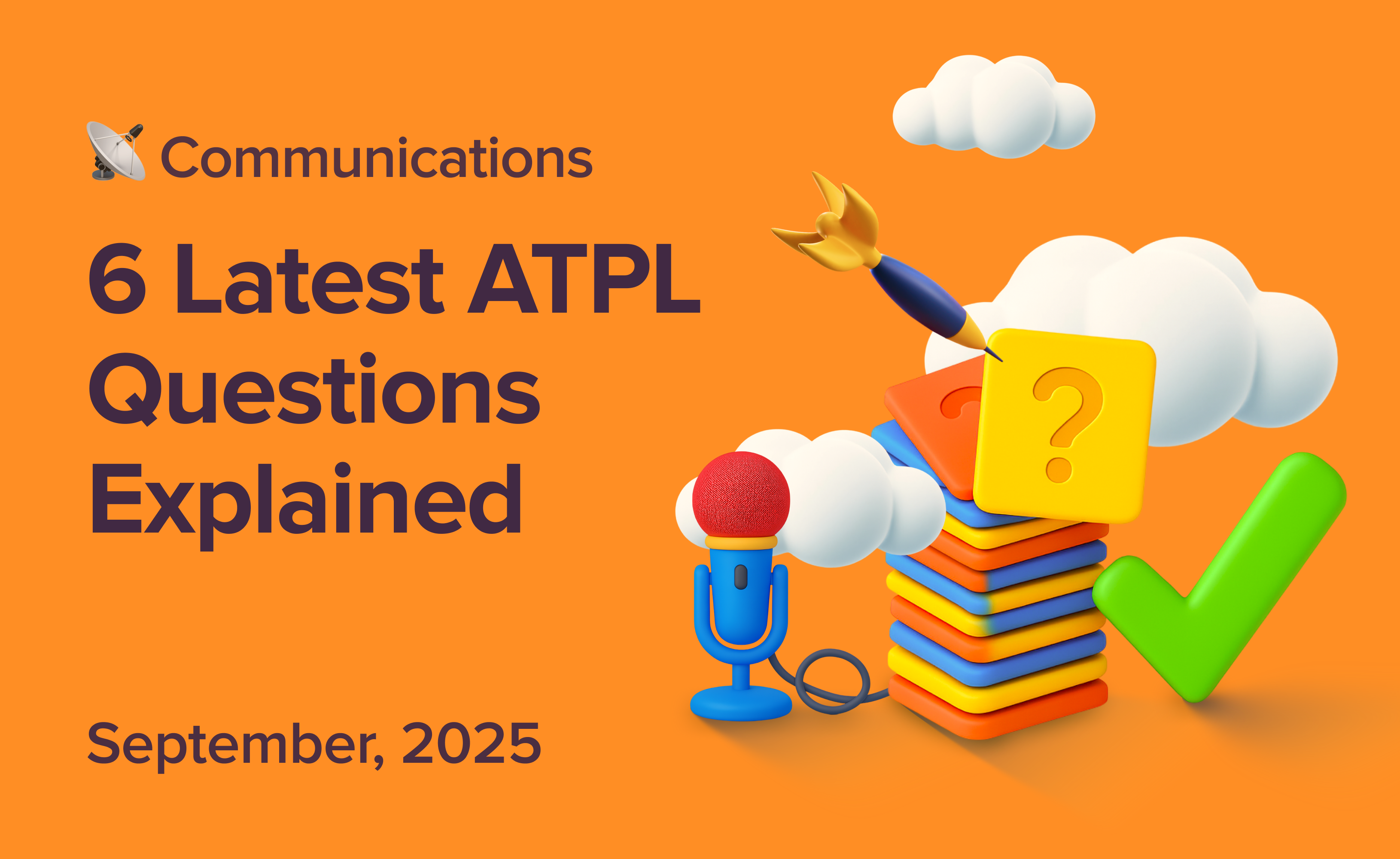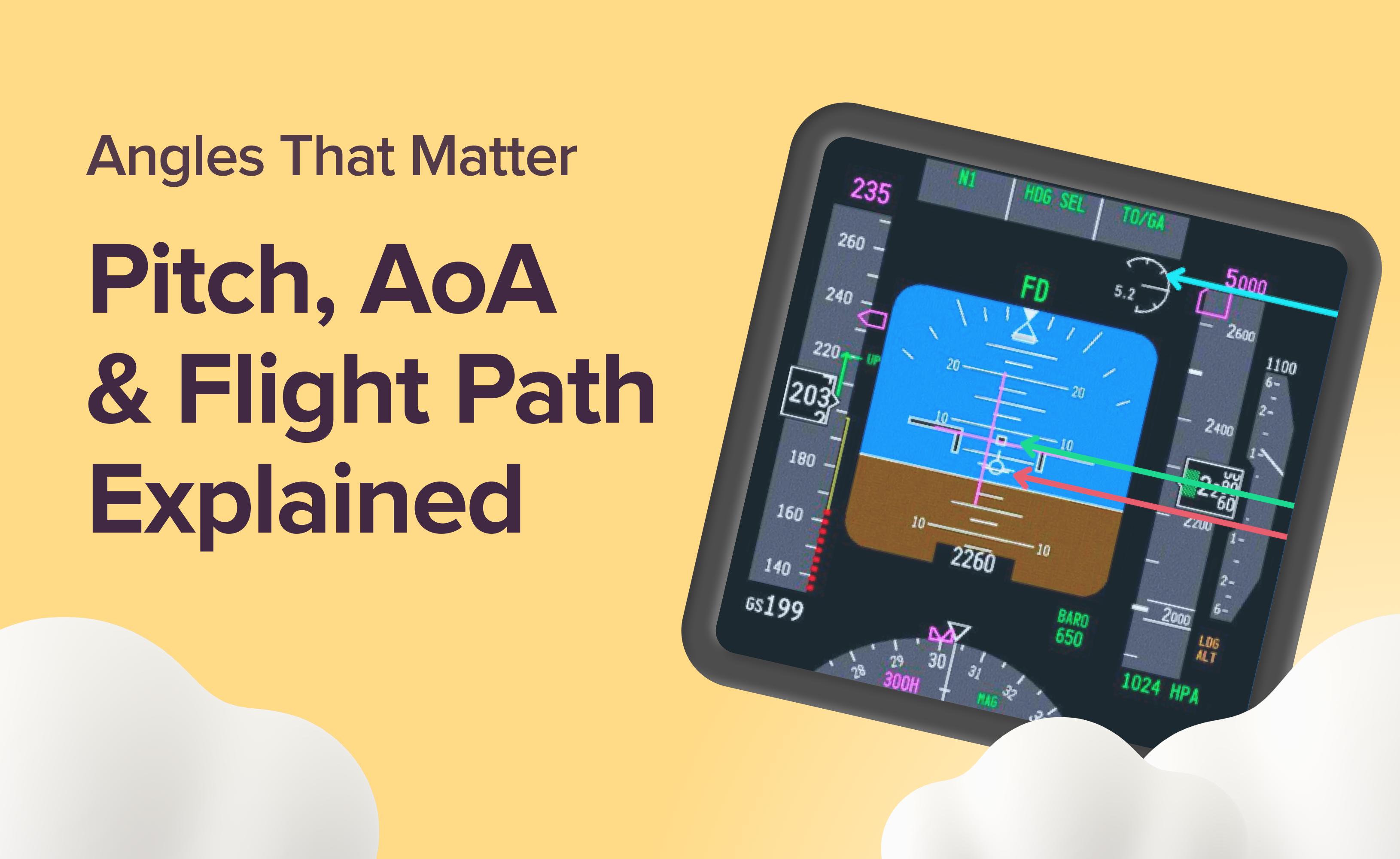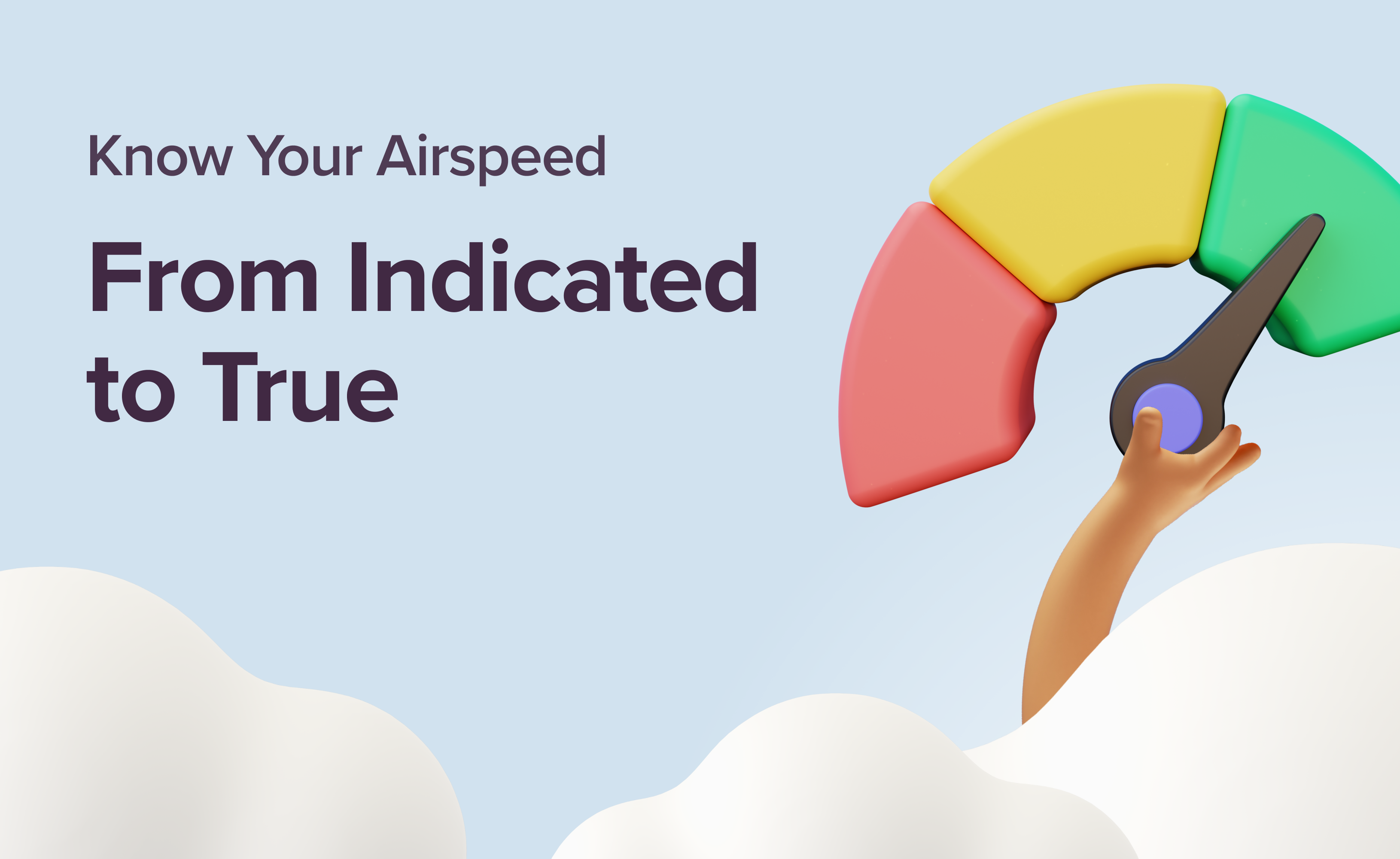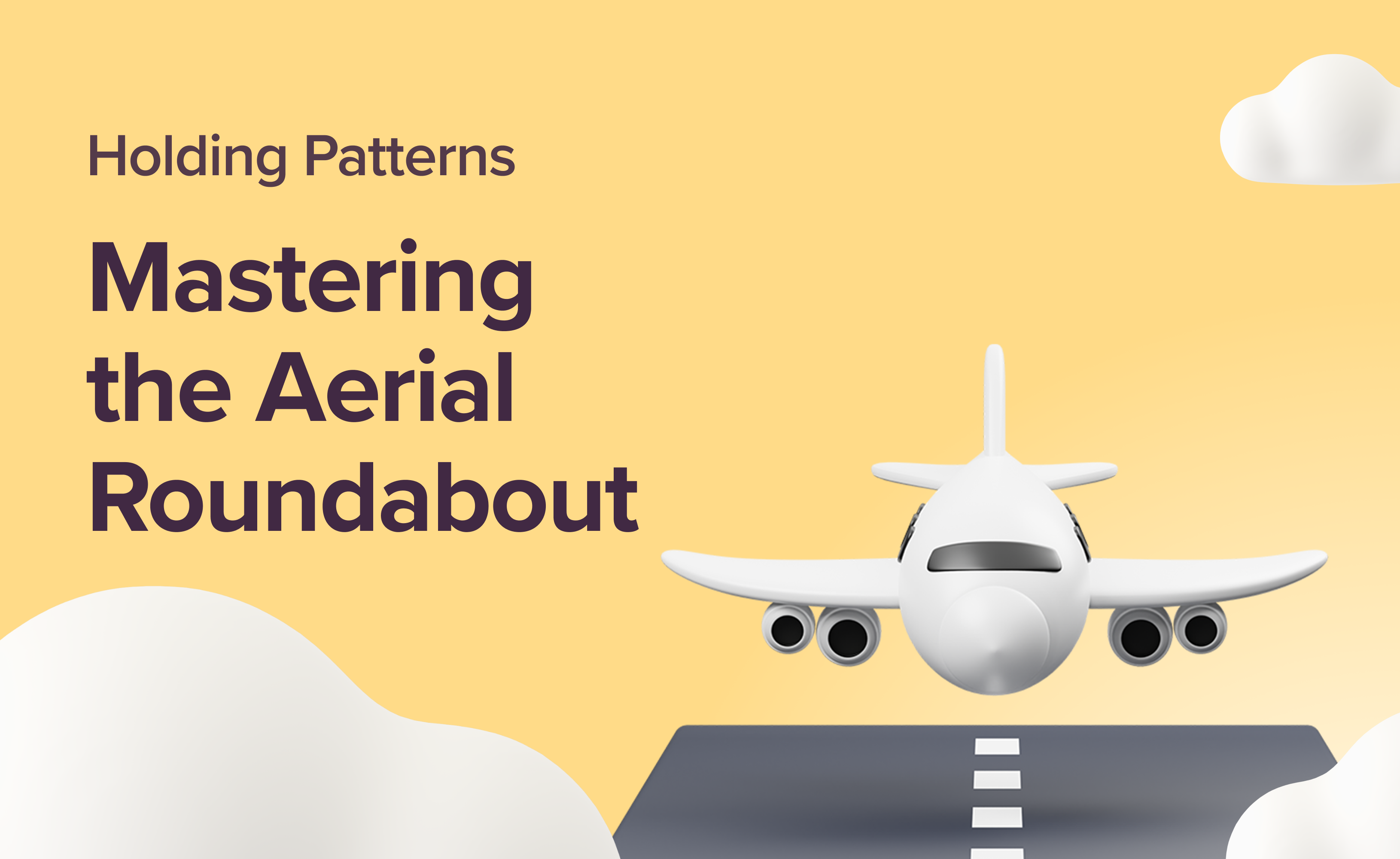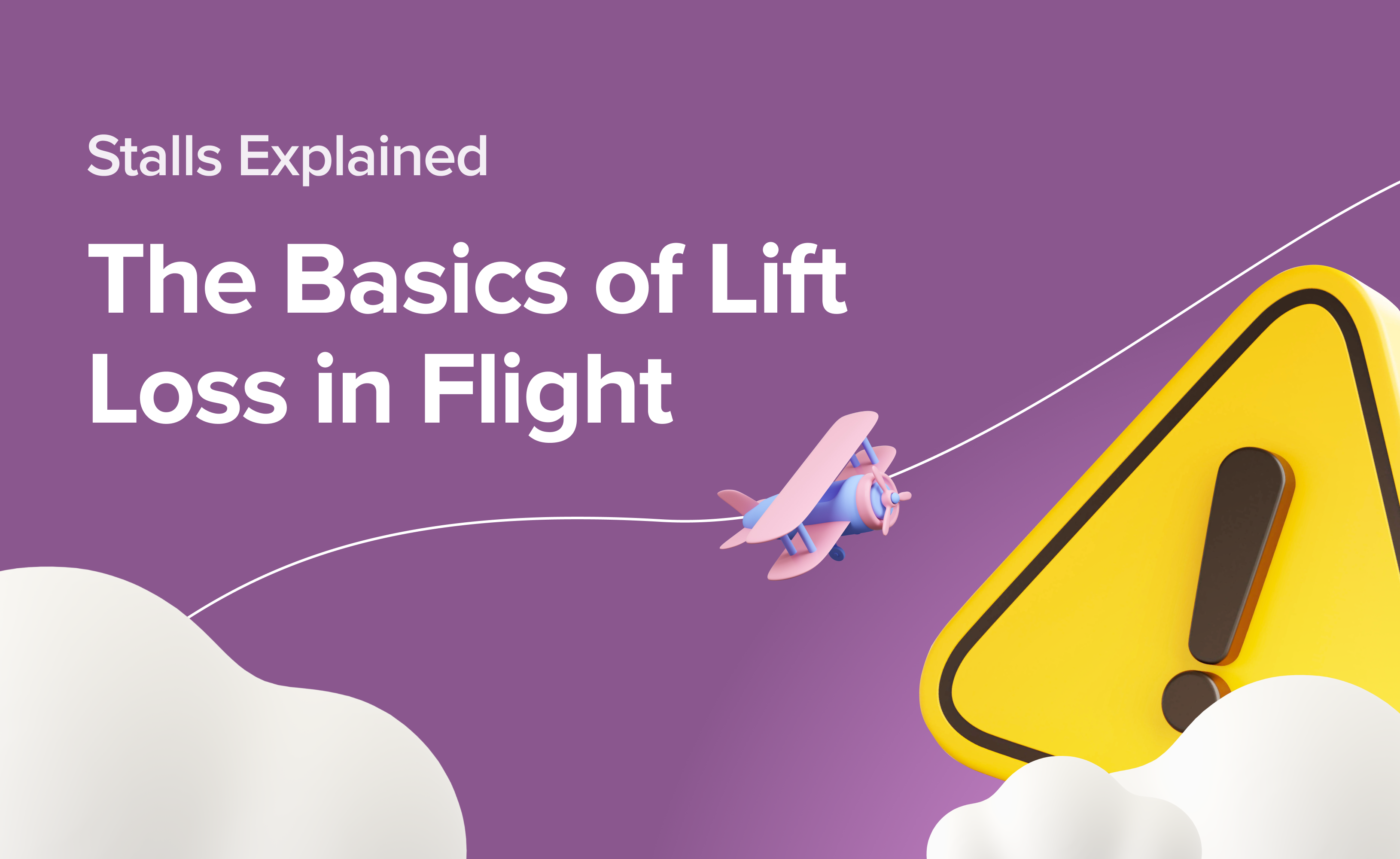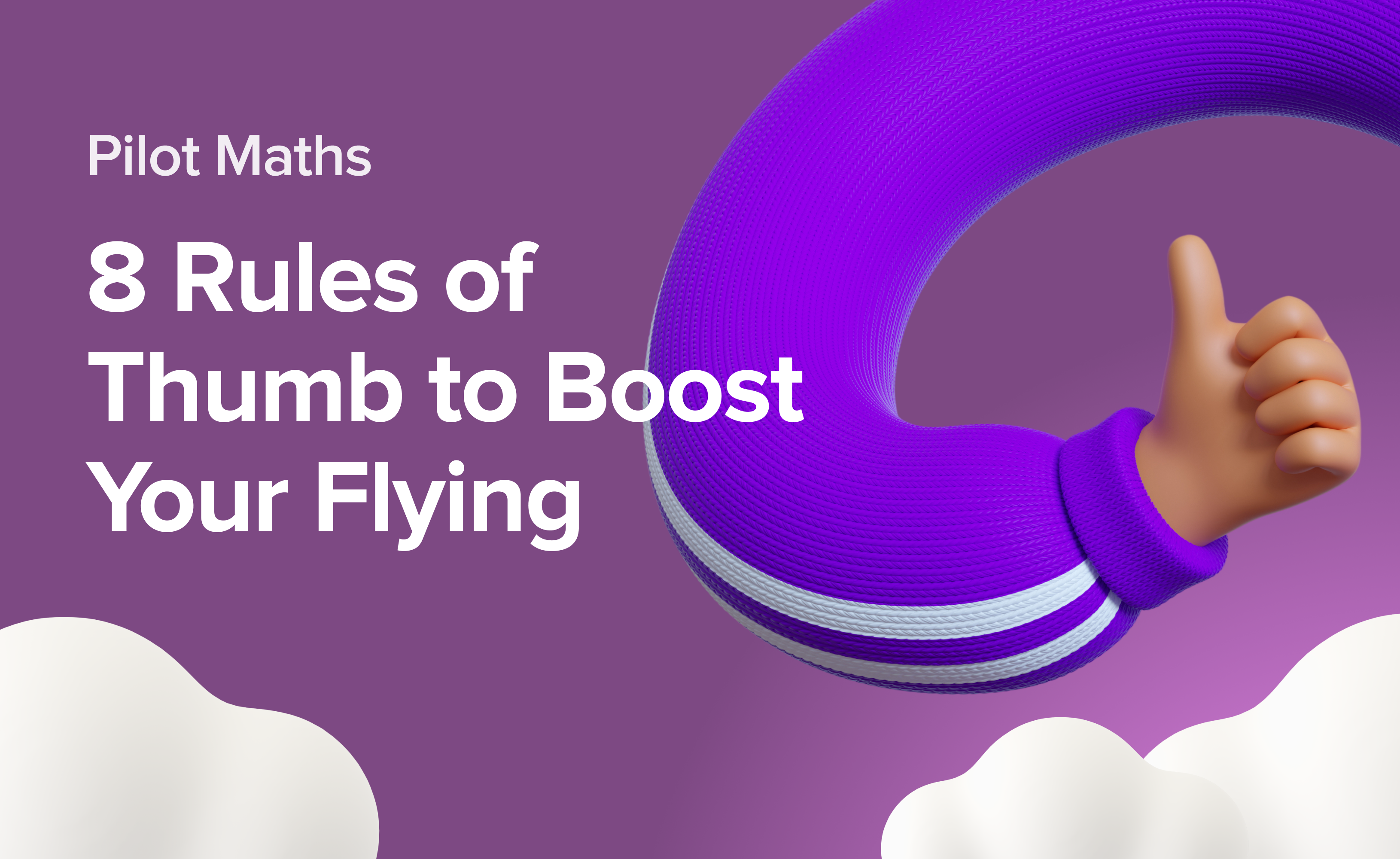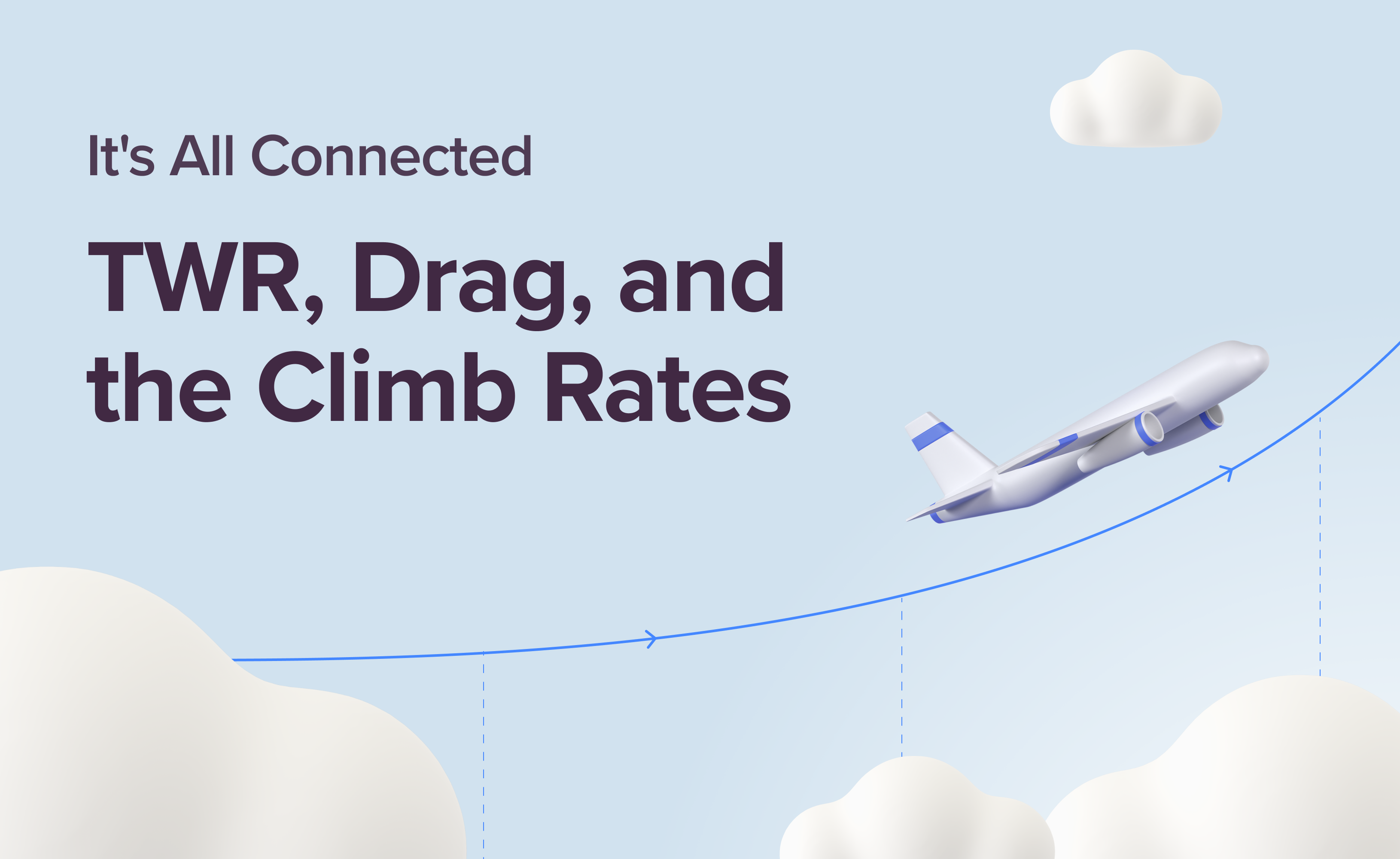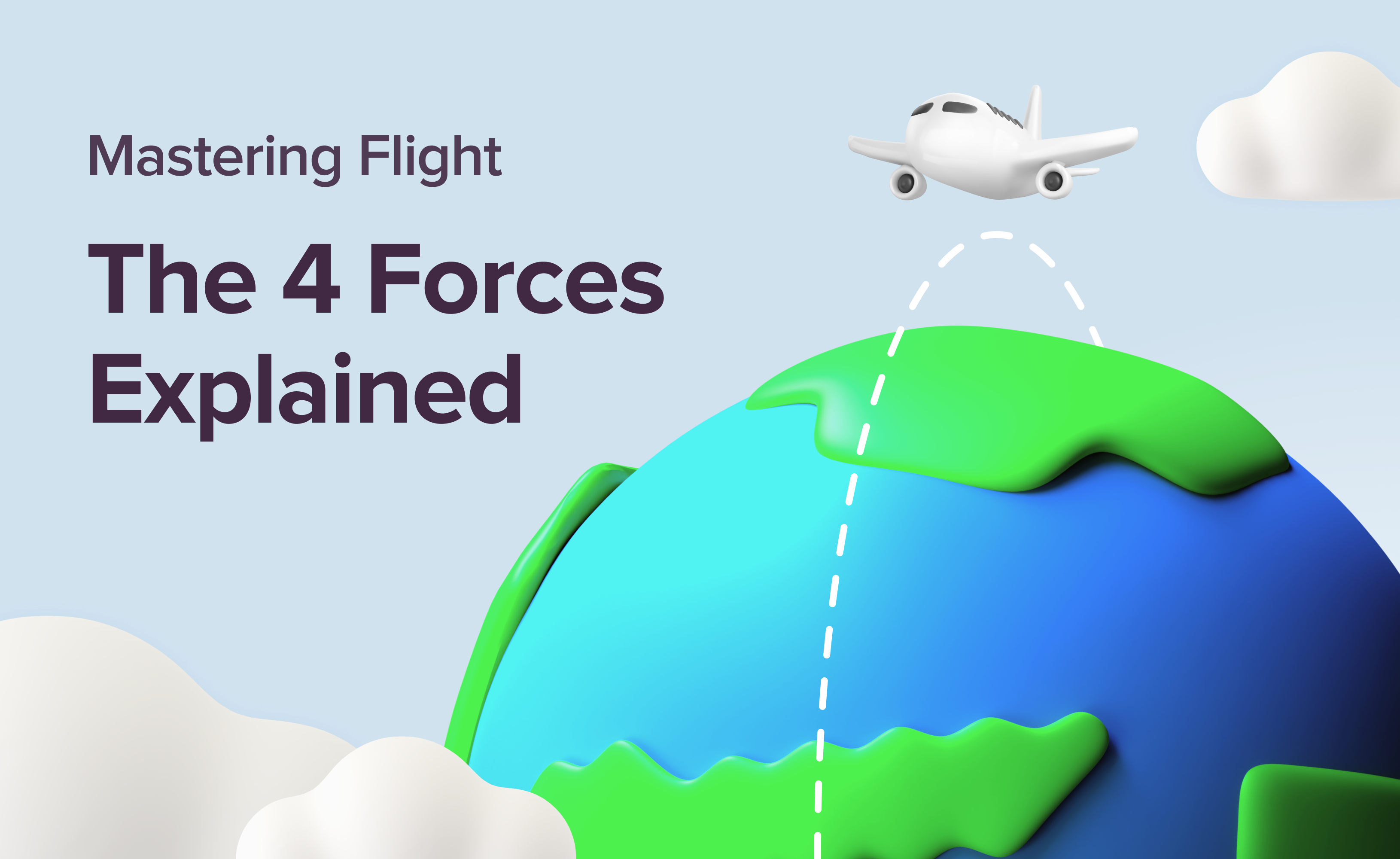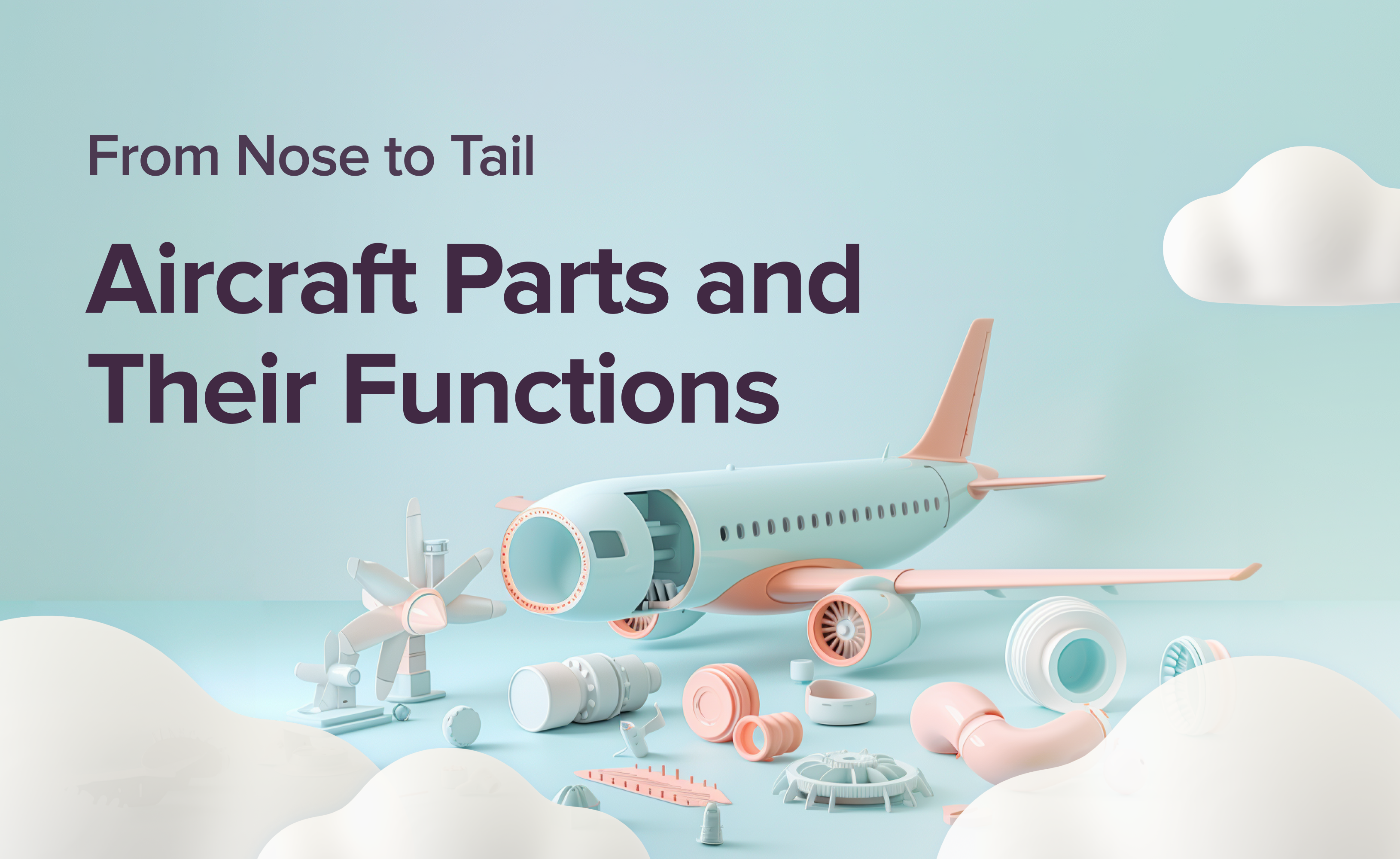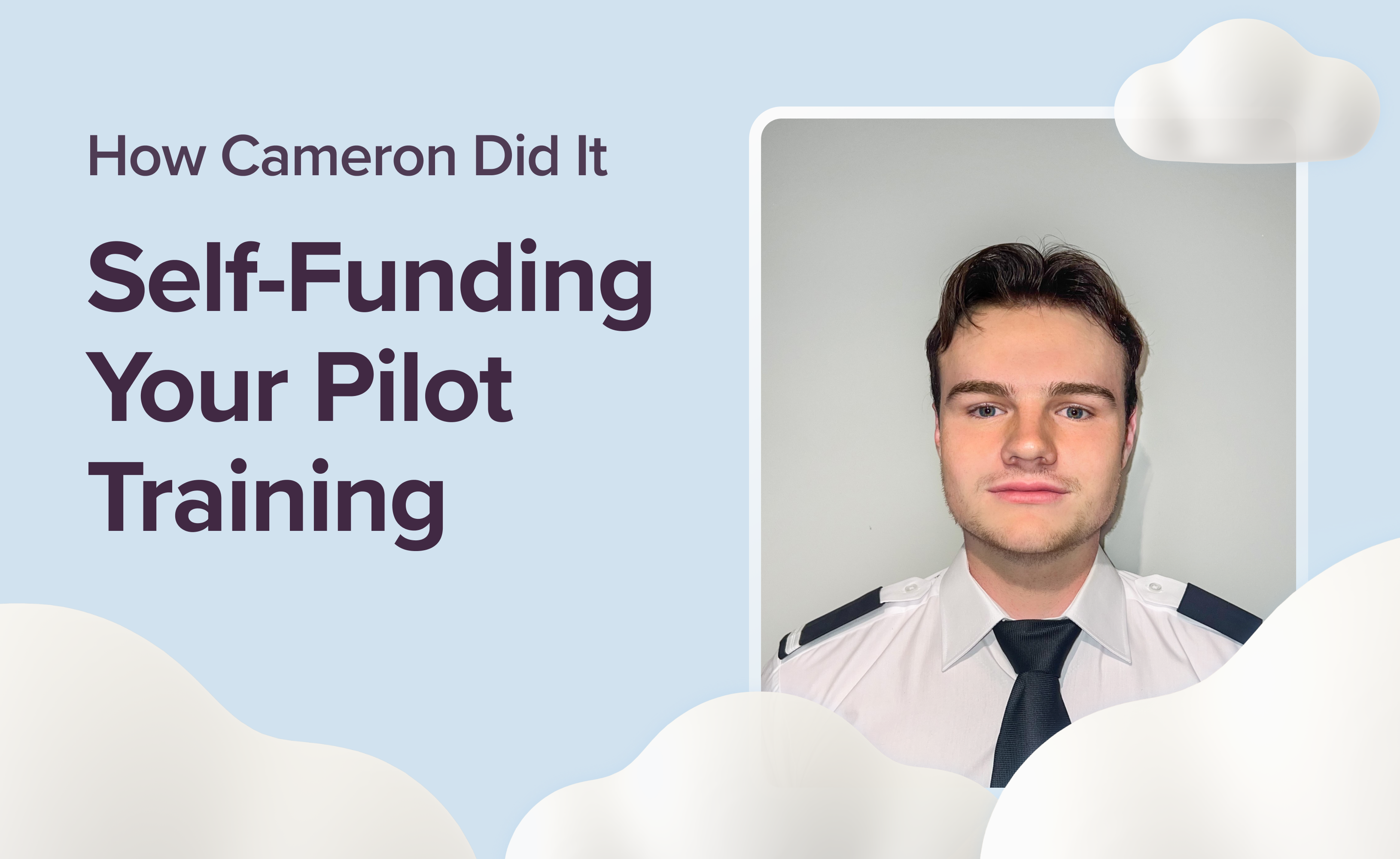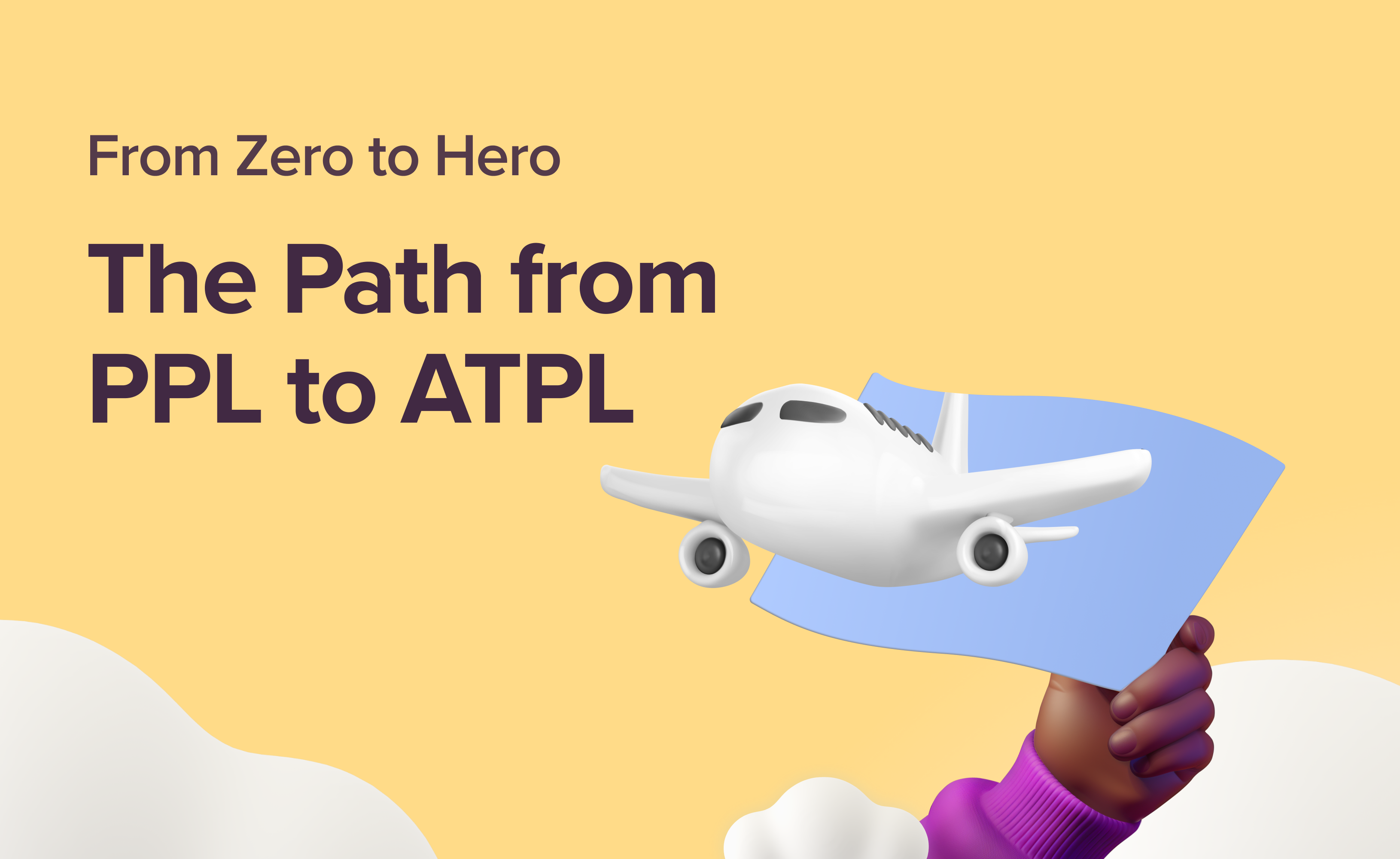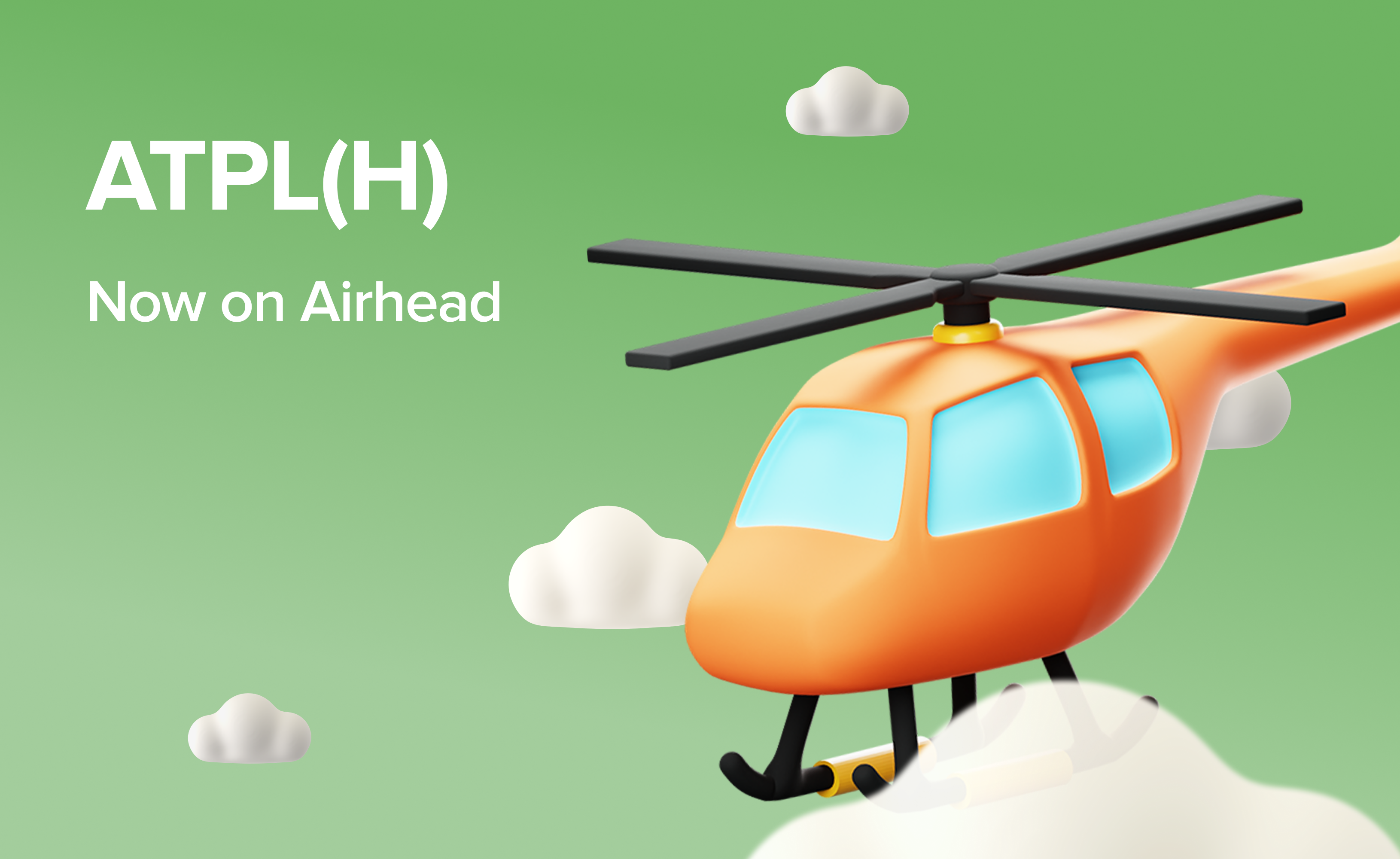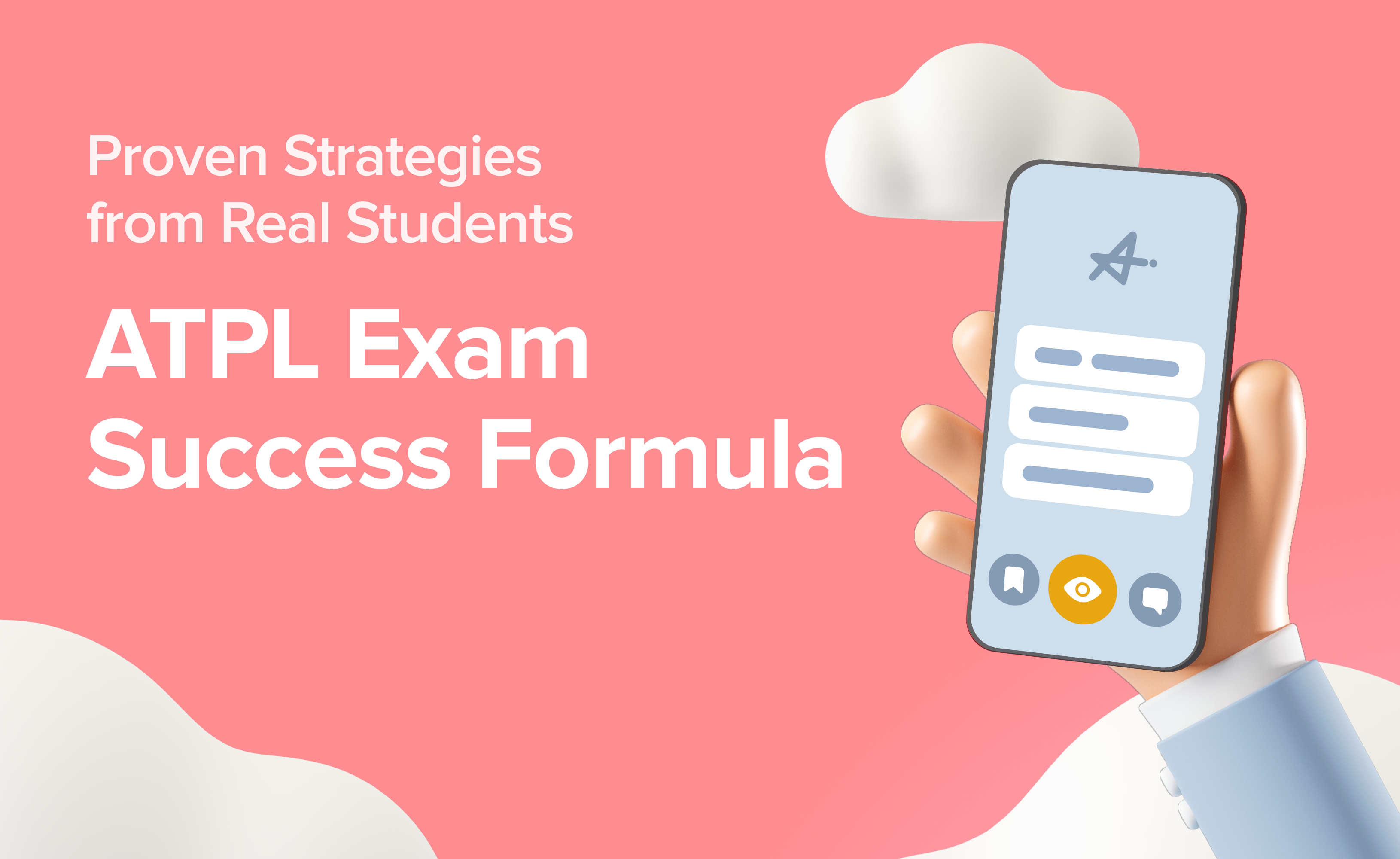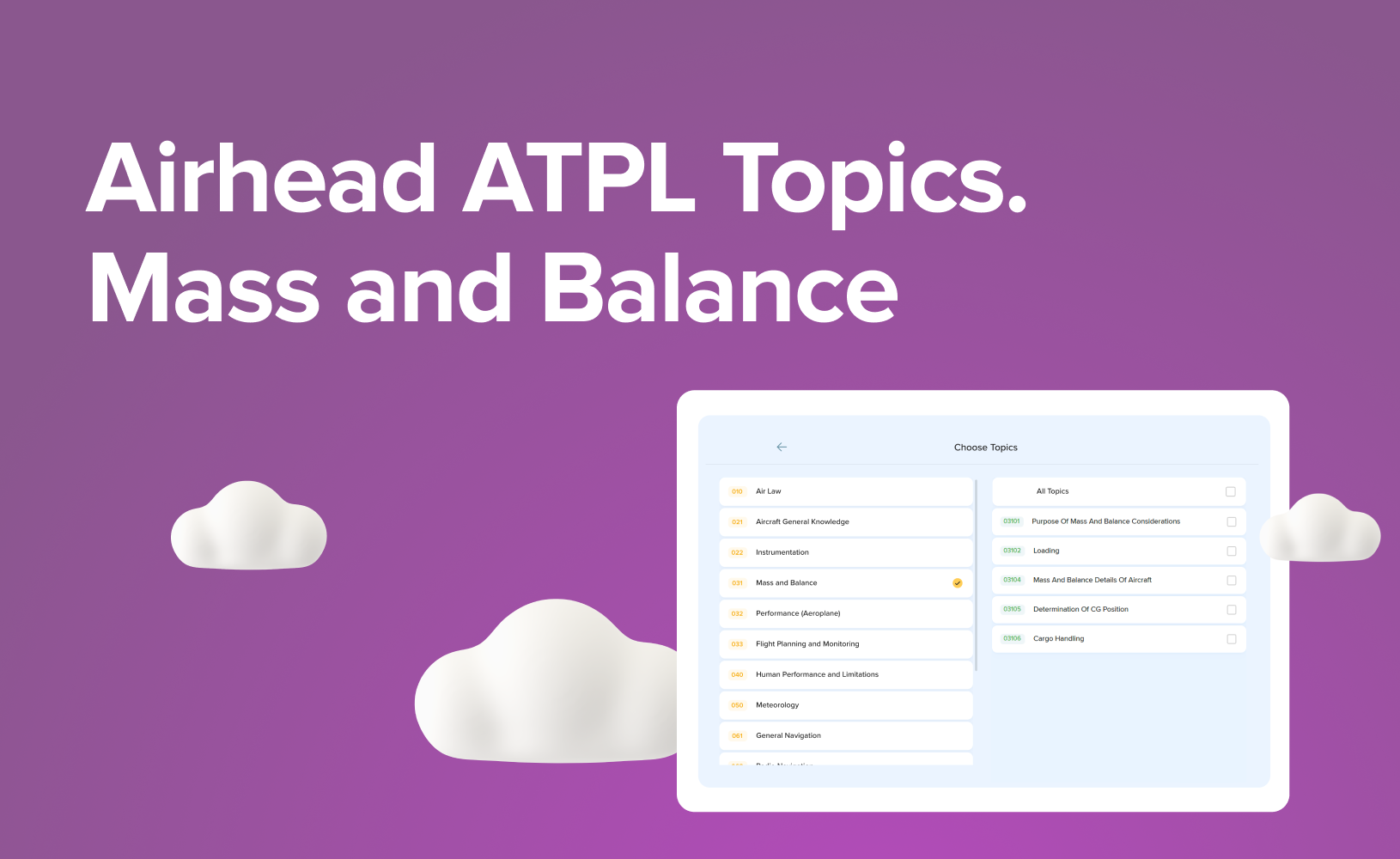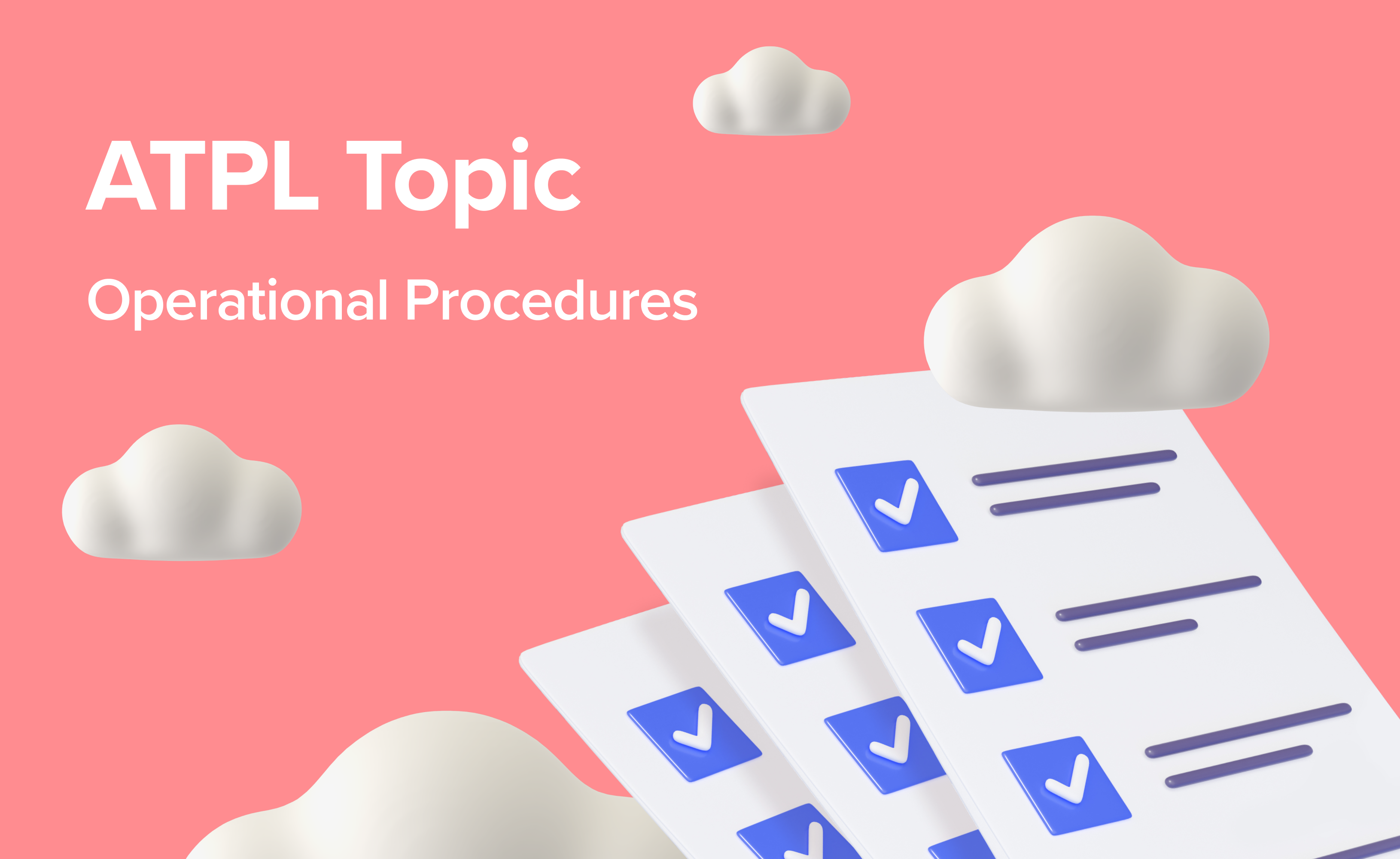Structuring a modular flight training course – IR or CPL first?
1.Introduction: Setting the Stage
One of the great things about the modular route is the flexibility it offers; you may choose when and where to train but also how to structure your flight training, in other words which element or module to do in which order. Of course, that flexibility means you must make some decisions. One of those is in which order to do the Instrument Rating (IR) and the Commercial Pilot's License (CPL) modules. The regulations and other factors that may affect your decision are complex and confusing. In this comprehensive guide, we'll delve into the intricacies of this decision, equipping you with insights to make a smart choice.
2. IR vs. CPL: Understanding the Basics
First, let's clarify the fundamental concepts and differentiate between these two courses.
What is a CPL Course?
A CPL gives you the right to fly for hire and reward - you need this licence to work as a pilot.The CPL course consists of 25 hours flight training of which up to five hours may be completed in a Synthetic Flight Training Device (SFTD), and an approx. 2½ hour flight test. However, holders of an IR are credited 10 hours (including the SFTD time), so may do an abbreviated 15 hours course.The test must be flown on a complex aircraft which means one with more than four seats, retractable landing gear and a variable pitch propeller. As complex aircraft cost more to hire, some courses will start out on a simple type, then switch to a complex type. A minimum of eight hours flying must be on the complex type.Most CPL courses are on single engine aircraft to save costs, although a multi-engine piston (MEP) aircraft may be used; if it is, then you will either have to do the MEP course first, or combine it with the CPL course.The flight test will add at least another 1½ hours, but more usually another 2½ or even more. Sometimes the aircraft hire charge for the test is excluded from the course price and usually the test fee is as well. Other extra costs to budget for include landing fees and perhaps maps and charts.Before you enrol on a CPL course you must have been issued with a PPL (any ICAO PPL will do; it does not have to be the same state who will issue your CPL), and have logged at least 150 hours flight time, including at least 50 hours of PIC time of which at least 10 hours must be cross-country time. In some jurisdictions, before you may take the CPL flight test, you must have met the requirements for issue of the licence, which are at least 200 hours flight time, including at least 100 hours of PIC time, of which at least 20 hours must be cross-country time. As a CPL course is all dual flight time, this in practice means these hours must be accumulated before the course commences. If you did an IR first, those hours would contribute to the requirement.
What is an IR?
An IR is required to fly an aircraft under Instrument Flight Rules (IFR). It is a prerequisite for nearly all commercial fixed wing flying. As a rating, it is attached to a licence, which could be a PPL or a CPL.There are two courses that lead to an IR.
Full IR
The ‘traditional’, full IR course consists of 55 hours flight training if flown on a multi-engine aircraft. Although it is possible to do a single-engine IR course, which would be only 50 hours and on a much cheaper aircraft, in this case the rating would then be restricted to single-engine aircraft. A multi-engine IR (MEIR) is required to fly multi-crew aircraft, which is the destination of most pilots, so you will need to graduate with an MEIR.Of the 55 hours, up to 40 hours may be completed in a SFTD called a Flight Navigation Procedure Trainer, type II (FNPT II or, to avoid confusing II with eleven, FNPT 2).The course hours must all be what is called ‘instrument time under instruction’. All the time completed in a SFTD qualifies, but the taxiing, take-off and landing in the real aircraft do not. This is because they are completed visually rather than looking at the flight instruments, so in practice the flight time element of the course will be about 17 rather than 15 hours.The test will add about another 2½ hours and, as with the CPL course, the cost of the test is often excluded from course price as are approach and landing fees, maps and charts.Holders on a CPL are credited with 5 hr training. Holders of a PPL must have at least 50 hr PIC and a night rating.
CB-IR
There is an alternative to a full IR course; it leads to exactly the same flight test and rating, but the Competency-Based IR for aeroplanes course, CB-IR(A), recognises previous training and experience and so permits the minimum training hours to be reduced. The exact reductions depend on how much instrument training and experience the pilot has; the maximum credits allow the course minimums to be reduced to 25 hours including no less than 10 hours instrument flight time in an aircraft. This can offer significant cost savings; however, you will need the instrument flying and instruction to benefit from the maximum reduction and you will need to do sufficient training to reach the IR standard.
Theory Training
There are 7 IR exams. However, you will be exempt if you have completed the ATPL exams in the same subjects.
PPL IRs
You may attach an IR to a PPL. You may also attach a simpler IR to a PPL, with fewer privileges but a much shorter training course. EASA calls this a Basic Instrument Rating: BIR. The UK CAA equivalent is the Restricted Instrument Rating: IR(R). Both have reduced theory training requirements but, as with the unrestricted IR, you will be exempt from the theory requirements if you have completed the ATPL exams in the same subjects.
3. What are the options?
Much of the planning for a modular course is standard. It is likely that you’ll start with PPL flying and theory. You’ll go onto ATPL theory and hour building; some will choose to do these in parallel, others will take a break from flying and concentrate on the theory before resuming flying. The hour building is likely to include a night rating and at some stage you will need to do a short MEP course; either separately or combined with the IR or CPL module. What we are discussing here is the two approved modules you must undertake before finishing your training with an MCC or more likely APS-MCC course. The choices can be summarised like this:


4. Benefits and disadvantages of doing the CPL before IR
Costs. 10 hours of a CPL course are instrument training; this experience may lead to a reduction in the hours required for a CB-IR(A) course, thus reducing overall training costs. These are example hours (and thus costs) of the flight training modules:
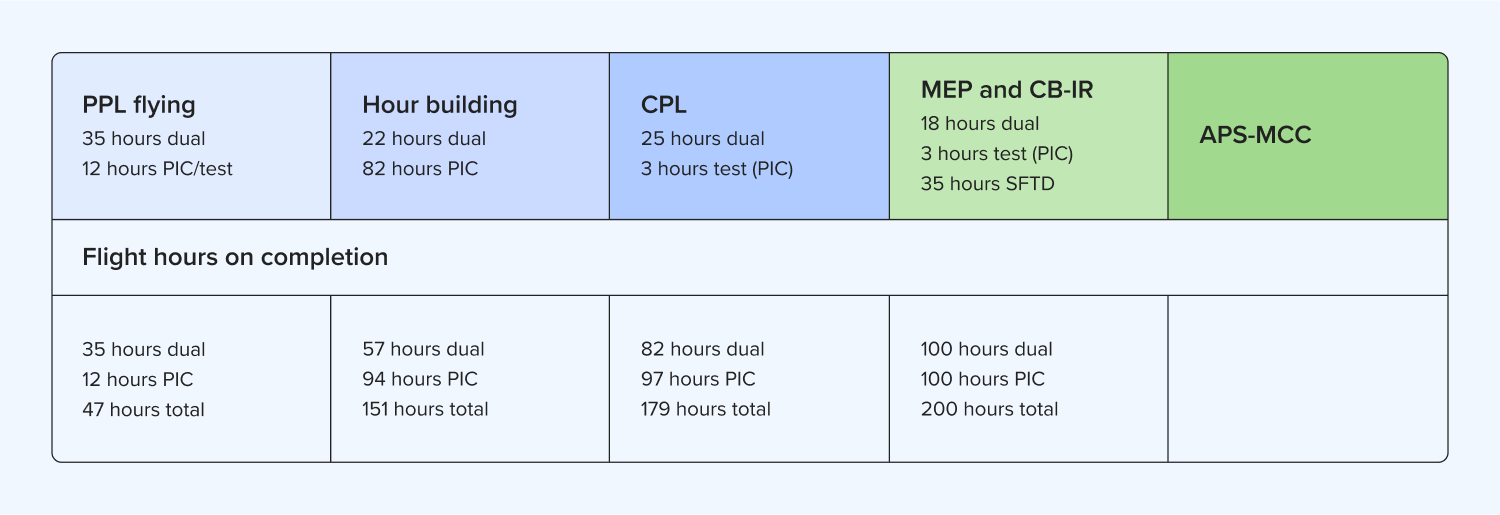
This assumes that you delay applying for your licence until after your IR Skills Test. On the other hand, if you are in a jurisdiction where you must have the hours for CPL issue before you may do the CPL skills test, you will need 100 hours PIC and 200 hours total flight time before you do the CPL test. This means you will have to fund more training hours.
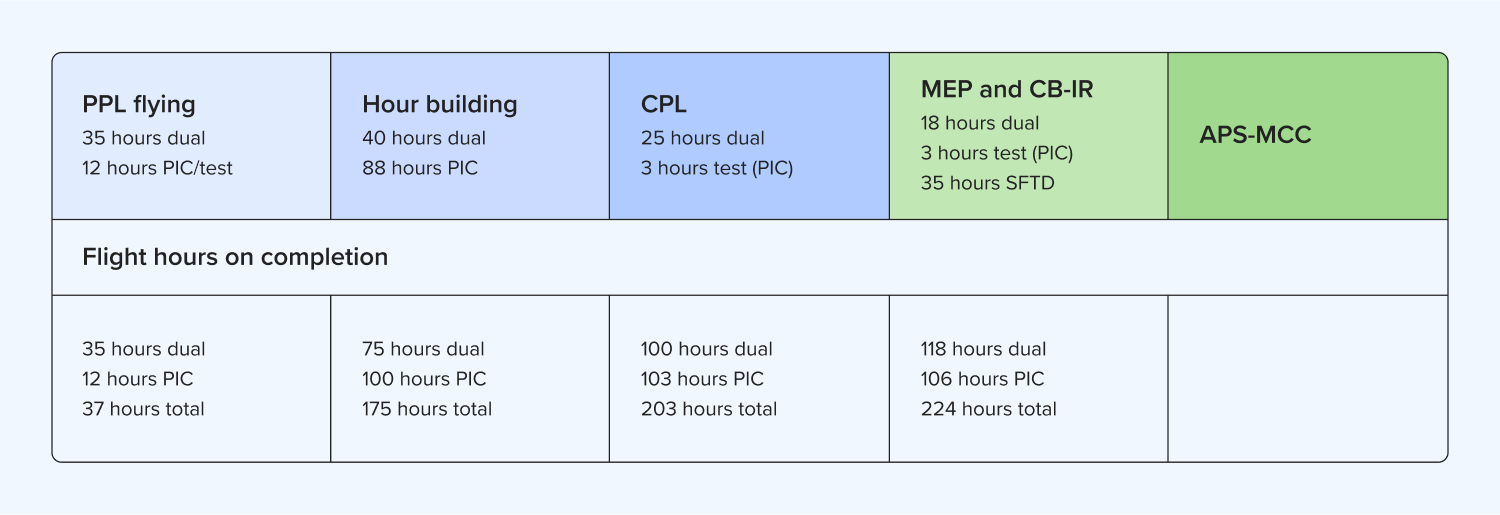
Logical progression. The PPL course is usually single engine and mostly visual flying. Traditionally, hours building was the same, to save costs and because the pilot had no instrument rating so must fly visually. The CPL course and test are similarly visually based (although there are 10 hrs of instrument flying) and usually flown on single engine aircraft to save costs. In contrast, the IR is, by nature, instrument flying and usually flown on multi-engine aircraft. So doing the CPL first is a logical progression from single engine visually flying to multi-engine instrument flying. Doing the IR before the CPL means a switch back from multi-engine instrument flying to single engine visual flying.

5. Benefits and disadvantages of doing the IR before the CPL
Costs. If you are in a jurisdiction where you must have the hours for CPL issue before you may do the CPL skills test, you will have to have 200 hours total flight time before you do the CPL test. You may count some of the training on the IR course towards your total hours requirement, thus it is possible to complete your training with little more than 200 hours flight time plus the SFTD time. You are also entitled to reduce the CPL course by 10 hours if you already hold an IR. Therefore, this route will cost you less.

Change of focus. It is less logical to do single engine VFR flying (PPL and hour building), multi engine IFR flying (IR) then switch back to single engine VFR flying (CPL).

6. Instrument Flying Focus
Nearly all commercial jobs involve flying under instrument flight rules (IFR), therefore the traditional focus of CPL training on visual flying is perhaps not equipping you best for your future career. While it makes sense to do your instrument rating as a MEIR, the CB-IR(A) training route encourages doing a single engine instrument rating earlier in your training. This does not have to be a full IR; you could do a BIR or IR(R), which will allow you to fly in poor weather and under IFR during your hours building. This is undoubtedly valuable experience, and the instrument hours you accumulate may allow you to reduce the cost of your IR course. This logic applies whether you do your CPL or IR first, but can narrow the differences between the choices:
If much of your instrument flying is single engine, doing the MEIR before the CPL will be more logical as you will progress from single engine VFR, onto single engine IFR, then multi engine IFR. You will still have a short switch back to single engine VFR to complete your CPL, but that may seem less challenging with this broader experience.
Although you will have the additional expense of a single engine BIR or IR(R) course after your PPL, this will be considerably cheaper overall than a lengthy MEIR course.
If you decide to go down this route, you will either need to do the theory exams associated with your BIR or IR(R), or alternatively do the ATPL exams in the same subjects first. It makes sense to maximise the use of your rating during your hour building, so you will want to do it as soon after your PPL as possible. Whether you do the BIR/IR(R) exams or get the exemption by doing the ATPL exams, it is good advice to start studying for the exams immediately after your PPL. This is because you will need to build some flight experience and, if you wish to use your BIR or IR(R) at night, do a night rating before you do the BIR or IR(R) course, so may do the theory and build your hours in parallel, to avoid waiting for either before commencing the course.Your resulting training plan might look something like this:

Notes
The split of hours between VFR and IFR hour building is arbitrary; the only requirement is that you must have done 25 hours post-PPL before an IR(R) course, and a night rating if either rating is to be used at night.
There are no minimum course hours for a BIR; the IR(R) course is at least 15 hours dual.
If available, there may be some instruction on a SFTD during a BIR or IR(R) course.
The credits for the CB-IR are dependent on your previous IFR training and experience.
The actual hours you will fly in any module are dependent on your performance.
Some of the dual hour building time could be used on an A-UPRT course.
7. So, which route to choose?
The main factor affecting your decision is the hours required before you do the CPL skills test. If your National Authority does not insist that you have the hours for licence issue before doing the skill test, you may commence the CPL training when you have at least 150 flight hours, and the CPL, MEP and IR hours may all contribute to the 200 required for licence issue. However, if they require candidates to have the hours needed for licence issue before the CPL skills test, the IR hours will be in addition to the 200 total, unless you do the IR before the CPL.In either case, you should consider taking advantage of the CB-IR(A) training reduction by doing an BIR or IR(R) course after your PPL and night rating, so you can use your rating while building hours and reduce the cost of your IR course. Not only will this save you money, but it is arguably better preparation for the next phases of your training and career.
8. Conclusion: Making the Right Choice
There really is no right and wrong answer as both options lead to the same licence, and employers are not likely to take much notice of the path you chose. However it can still be daunting to make these decisions on your own, and sometimes advice offered by flight schools is biased. Independent organisations such as the Wings Alliance offer free training planning assistance, so consider taking their advice before making your decision and whichever path you choose, stay focused and committed to achieving your goals.




